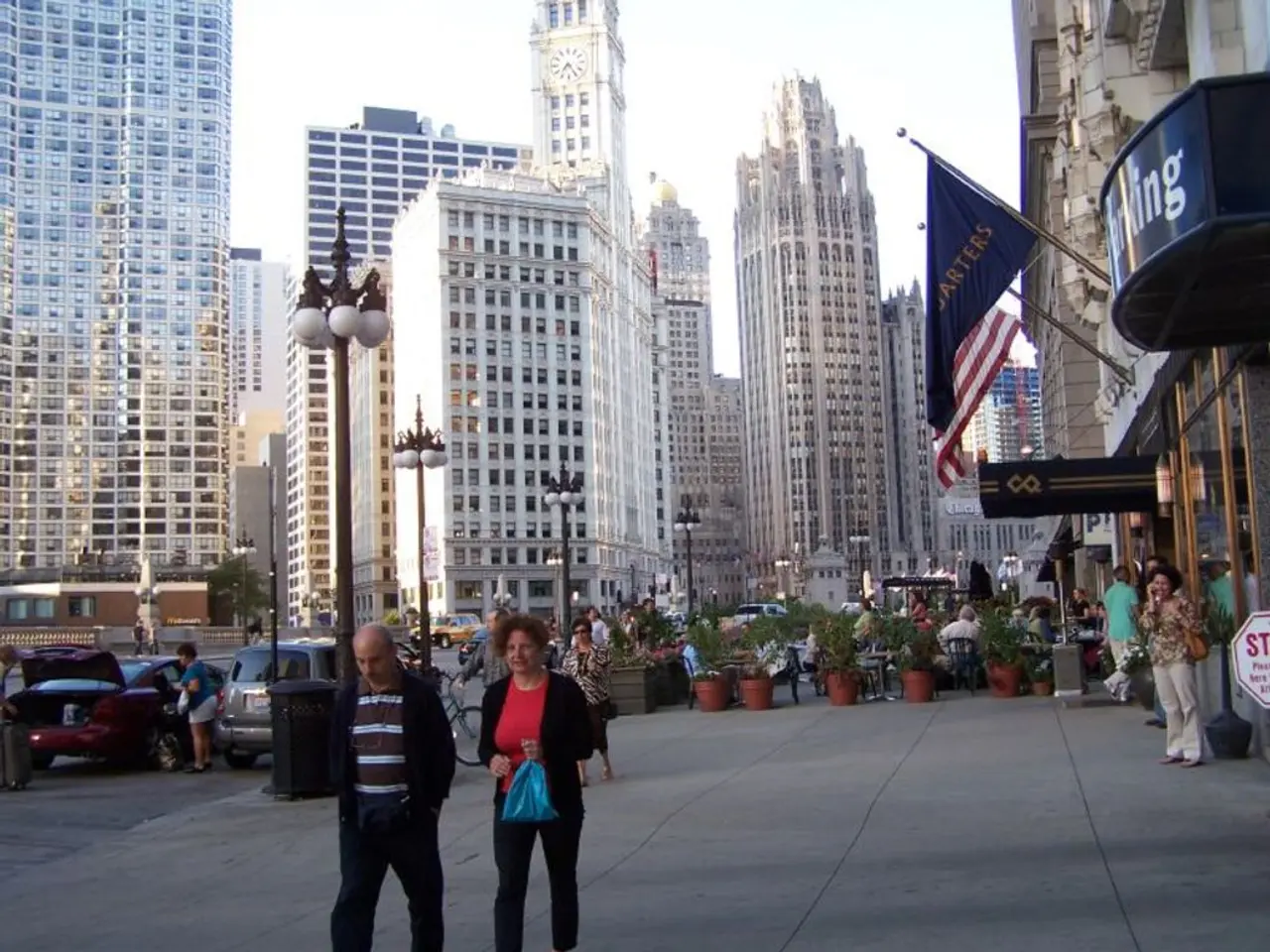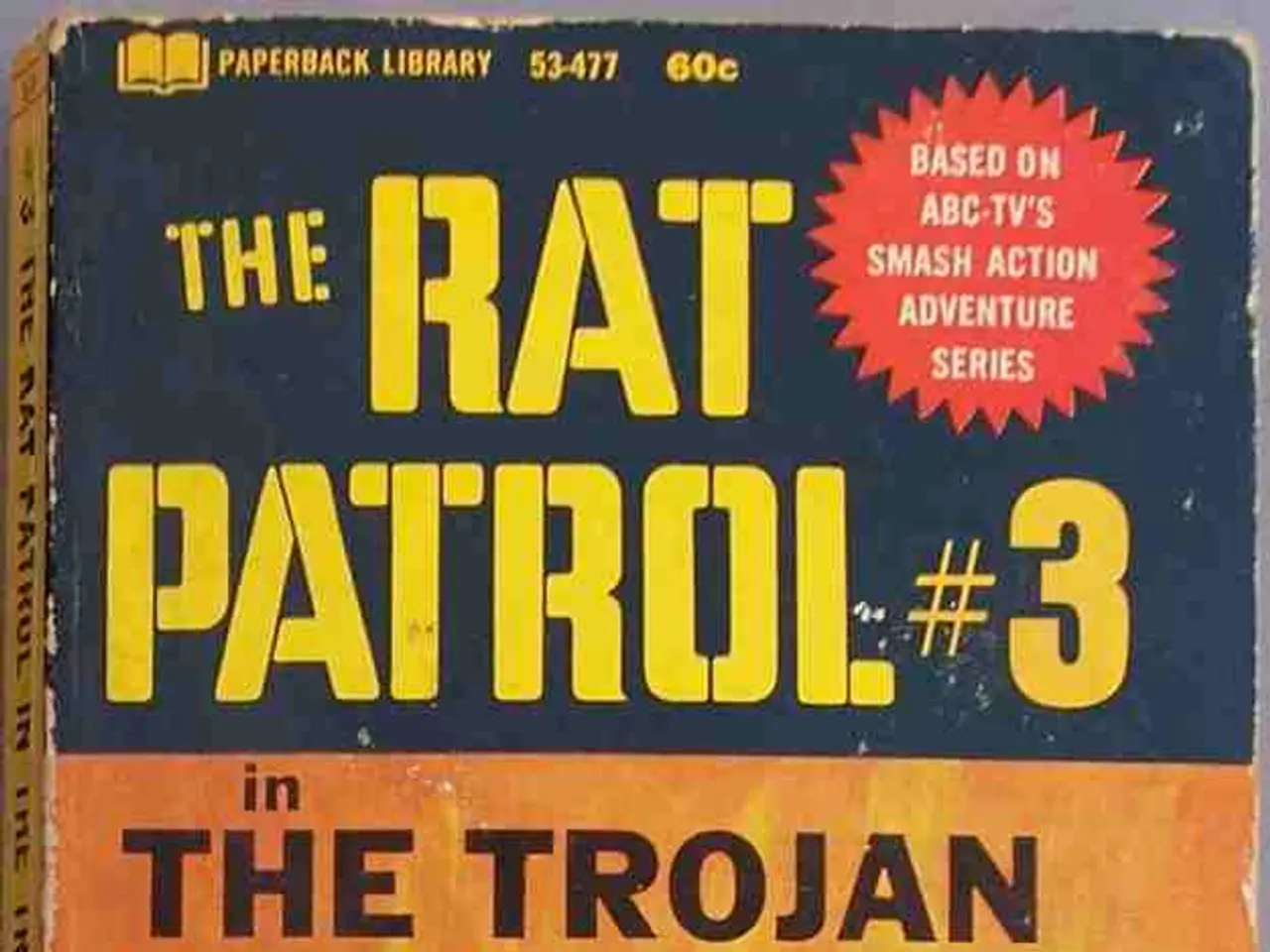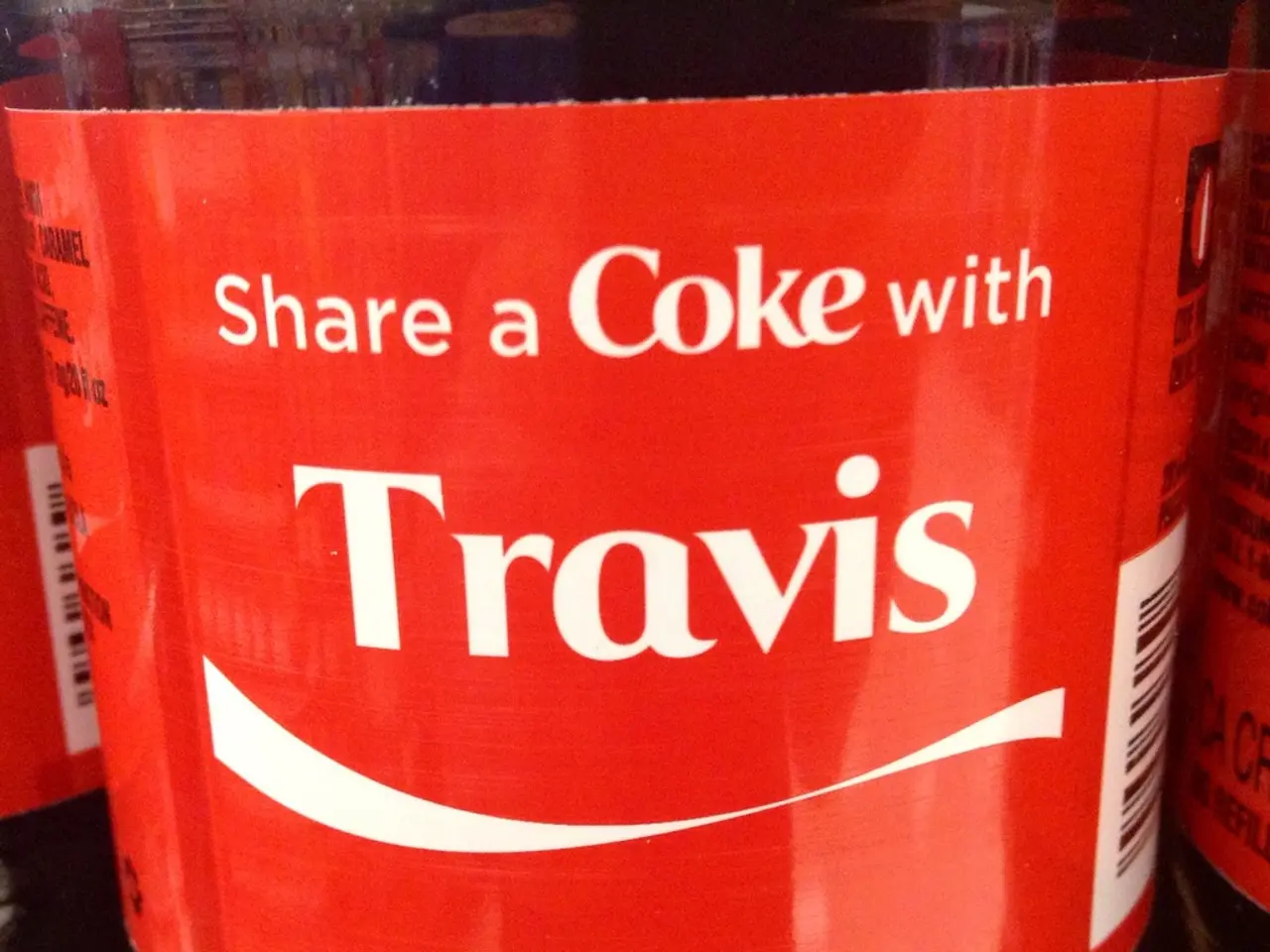Defense Department safeguarding DHS operations security
In a move aimed at addressing escalating protests and violence targeting Immigration and Customs Enforcement (ICE) agents and federal property, President Trump issued a memorandum in 2018. The directive, addressed to the Secretary of Defense, the Attorney General, and the Secretary of Homeland Security, authorised the call-up of at least 2,000 National Guard personnel under federal service.
The memorandum was issued amid widespread protests following ICE raids in Los Angeles, where demonstrators attacked federal officers, leading to concerns about lawlessness and threats to federal enforcement operations. In response, the President invoked Section 12406 of Title 10 of the U.S. Code, which allows the President to federalize National Guard members in cases of rebellion or danger of rebellion against U.S. government authority, or when the President is unable to execute the laws of the United States with regular forces.
Under the memorandum, National Guard personnel were put under federal command and control, overriding state authority such as that of California’s governor, who challenged the deployment legally. The purpose of the deployment was to "temporarily protect" federal employees, including ICE officers, and federal property, particularly in California where protests against immigration enforcement were intensifying.
Deployed military personnel were authorised to perform military protective activities deemed necessary by the Secretary of Defense for the protection and safety of federal personnel and property. The duration of duty for the National Guard personnel was set for 60 days or at the discretion of the Secretary of Defense.
The memorandum signaled a strong federal response to what the Trump administration described as violence aimed at obstructing the enforcement of federal laws, particularly immigration laws. However, the use of Title 10, Section 12406, without invoking the Insurrection Act, raised significant legal questions, including whether the President could activate the Guard in this manner without a governor’s consent and whether this violated the Posse Comitatus Act, which limits military involvement in civilian law enforcement.
Experts expressed concern about the broad scope of the directive, which did not specify geographic limits and might grant the President wide latitude to deploy military forces anywhere on U.S. soil. The memorandum also marked an escalation in the federal government’s militarized approach to immigration enforcement and domestic protests, involving not only the National Guard but also potentially active-duty Marines.
Political tensions intensified, with California’s Democratic leadership opposing the federal action and framing it as an overreach, while the Trump administration framed it as necessary to restore order and support federal law enforcement. The memorandum underscored the administration’s zero-tolerance stance on protests interfering with enforcement actions and heightened national debate over federalism and civil-military relations.
- The memorandum, issued in response to escalating protests and violence, was a part of the policy-and-legislation sphere as it concerned war-and-conflicts by authorizing the National Guard to protect federal employees and property in cases of rebellion or danger of rebellion.
- The deployment of National Guard personnel under federal service was a significant development in politics, as it raised legal questions about the President's authority to do so without a governor’s consent and whether this violated the Posse Comitatus Act, while also signaling a militarized approach to general-news events such as domestic protests and immigration enforcement.







